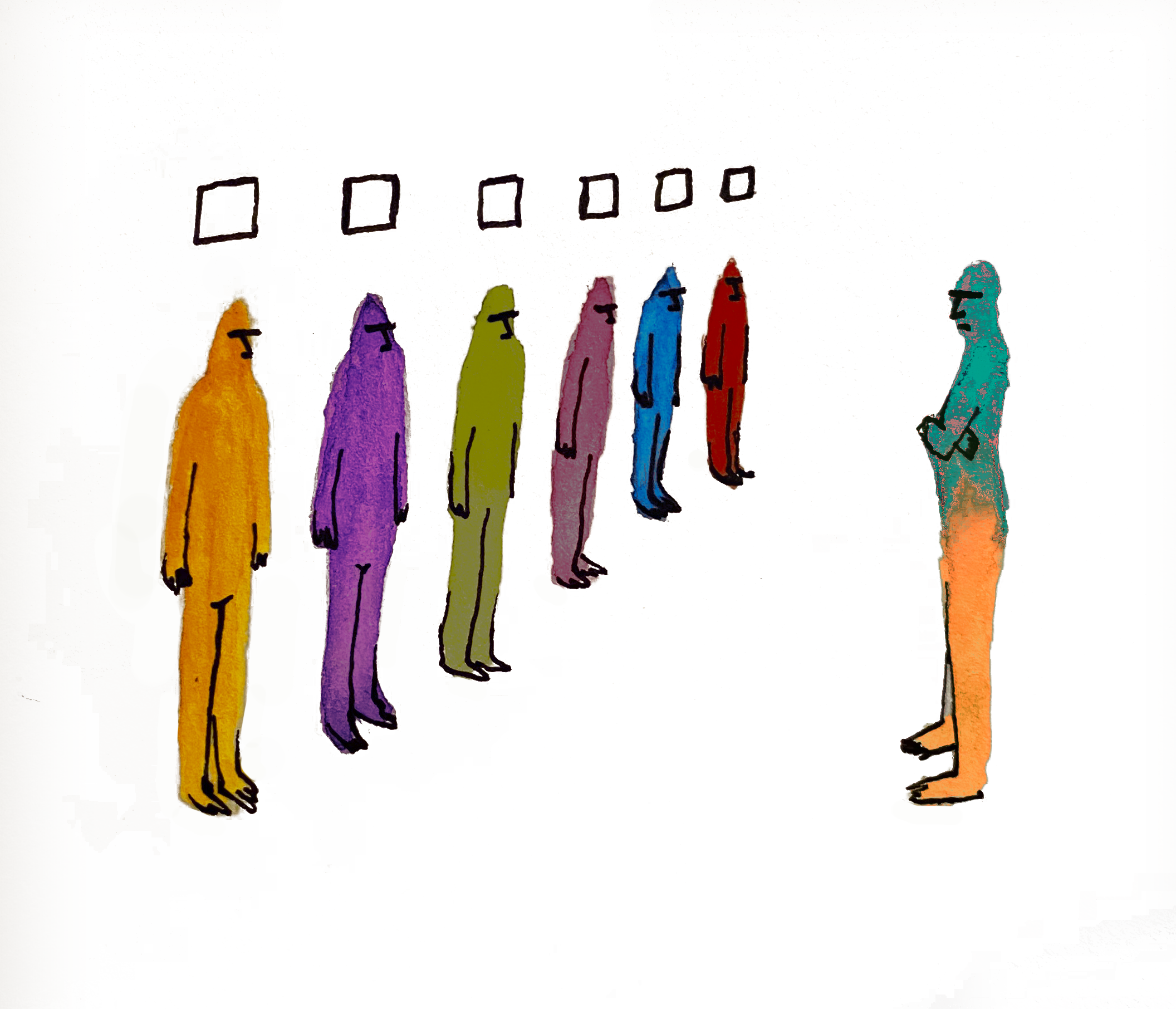Sarah Shabbar grew up with an identity problem. As a child, she was constantly reminded by her community to be proud of her Jordanian heritage, but as she told the Los Angeles Times, “none of these forms are allowing me to feel proud of it, because I’m just white, according to them.”
Shabbar, like an estimated five million other Middle Eastern and North African (MENA) individuals in the United States, feels erased by the American government. “The federal government label[s] us as white, while our social status is anything but,” said David Shams, another MENA individual plagued by this problem. “It makes me feel unheard, like I’m shouting into this void, saying that we’re not white, and no one is listening.” Furthermore, because of their legal status as white, MENA groups are denied access to many legal protections enjoyed by non-white minorities, even though many MENA Americans are subject to racism and do not enjoy the social benefits of whiteness. To address these problems of identity and law, the US must create a new classification for MENA individuals.
How MENA people came to be legally classified as white is a convoluted story that began in 1909 with a lawsuit. George Shishim, a native of Lebanon living in the United States, was unable to claim citizenship because, until 1952, non-white individuals could not legally become naturalized citizens. Shishim, who was then legally categorized as Chinese-Mongolian, launched a legal campaign to identify himself as white so that he could gain the practical benefits exclusive to white individuals in an era of unabashedly institutionalized racism. The Superior Court of Los Angeles ruled in Shishim’s favor, granting him the legal status of white, a status that today extends to all MENA people in the US.
Times have changed, however, and what was once a legal blessing is now more often seen as a curse. Many in the MENA community today do not identify as white and recognize that American society does not see them as truly white, either. The classification of MENA-identifying Americans as white bars MENA participation in federal programs designed to help racial minorities in universities and business ownership and makes it less likely that their communities will qualify for language assistance–such as ballots in their native languages–under the Voting Rights Act. While an outright legal reclassification is unlikely, the most feasible first step toward rectifying the situation is census recategorization. The inclusion of a MENA census classification would enable the government to address problems like underfunded MENA-majority schools, employment and housing discrimination, and health and wealth gaps.
In 2015, The Census Bureau under the Obama administration announced plans to test the introduction of a MENA category ahead of the 2020 Census. The results of the research were clear: If given the option, most people of Middle Eastern or North African descent would check off a MENA category rather than white, as 80 percent of MENA individuals have selected in the past. Furthermore, the report stated resolutely that “it is optimal to use a dedicated ‘Middle Eastern or North African’ response category.”
Despite apparent progress on a MENA census category, the issue soon hit a roadblock: In 2018, the Census Bureau announced that it was receiving pushback from “a large segment” of the MENA population, who preferred to be categorized as an ethnicity rather than a race. Since the government claimed that it did not have sufficient research to understand the effects of listing MENA as an ethnic group, Census Bureau plans to add a MENA category were cancelled. Instead, the Trump administration announced that there would be an option to include one’s “origin” after indicating racial identification. Given that the announcement came just months after the Trump administration’s travel ban on multiple nations in the MENA region, some speculate the “origin” option may be an effort to undercount the MENA population by exploiting the hesitance some MENA Americans may feel to associate themselves with countries affected by the travel ban.
It is clear from the research that the census needs a MENA category, but progress largely depends on support from the executive branch. Lobbying and activism will persist, but it is clearer than ever for all involved: To protect a minority group erased by its classification as white, the US must add a MENA category to the census.
Illustration: Julie Sharpe ’22
